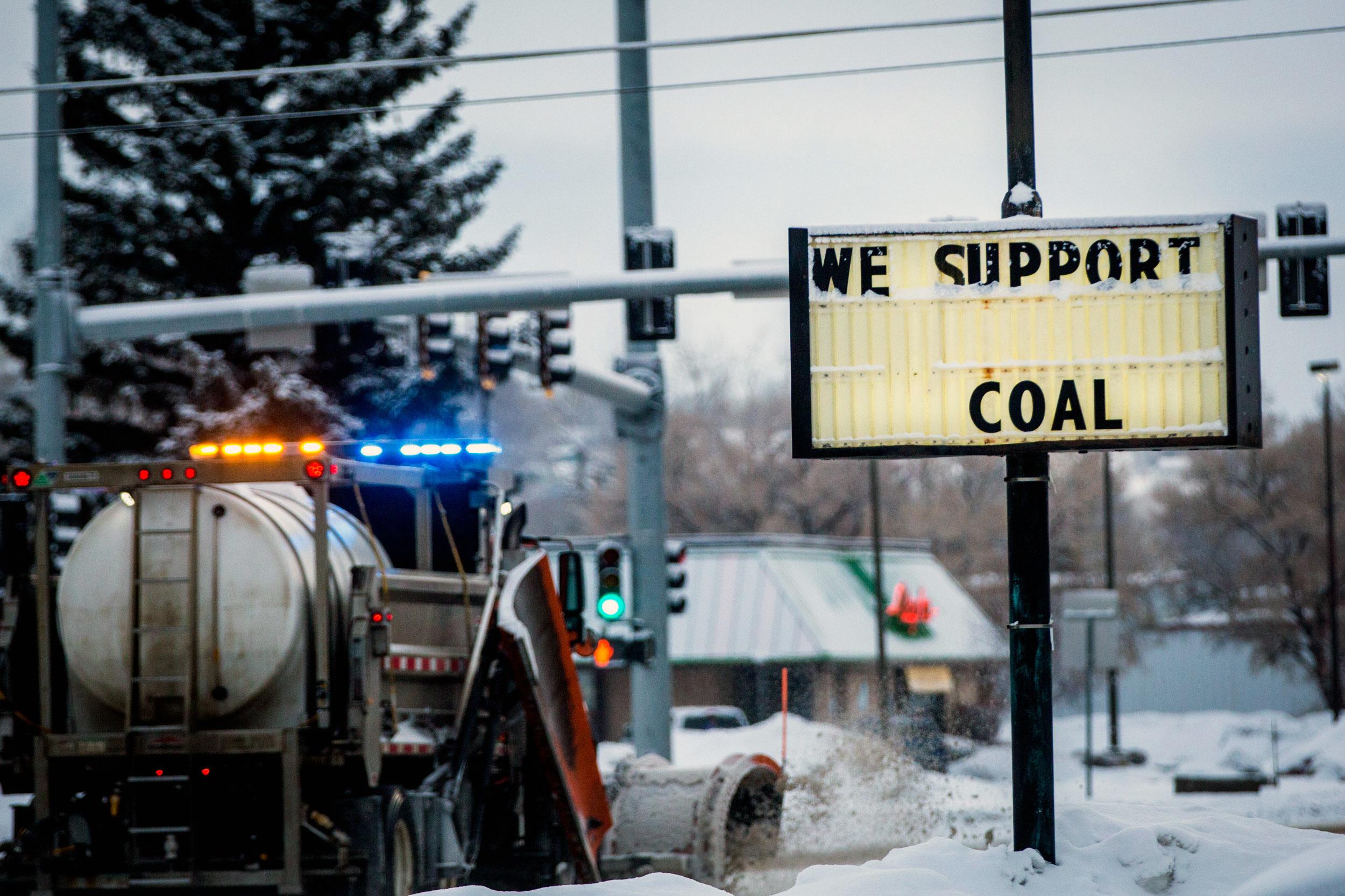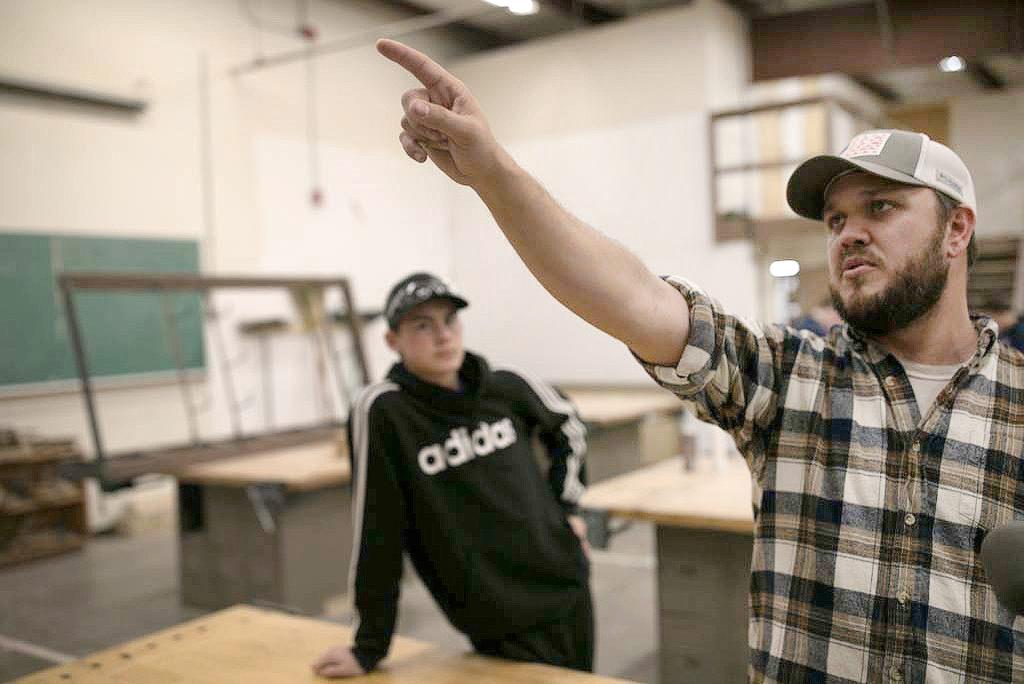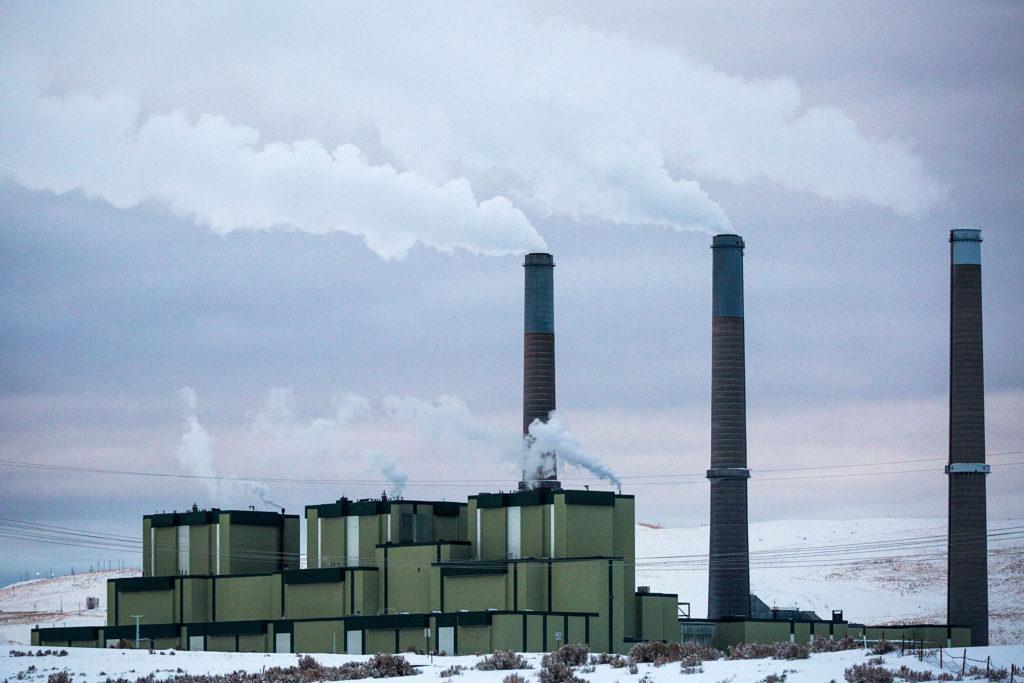
Sean Hovorka doesn’t sugarcoat the truth for his students.
Over the last school year, Hovorka has coached the Moffat County High School Robotics team — better known as MoCo Robo —in Craig, Colorado. The volunteer gig follows his day job as a blast engineer at a coal mine outside town. He always pushes his students to pursue careers in science and technology, but he draws the line at his own industry.
“I lot of them say, ‘I want to go work in the mine,’” he said. “I am like, ‘Probably not an option.’”
The reason it’s not an option is a recent announcement from the Tri-State Generation and Transmission Association. In January, the Westminster-based power provider said it would close all of its coal-fired power plants and mines in Colorado and New Mexico by 2030. The move follows pressure from state regulators and the utility’s own co-op members, which have both pushed for a faster transition to renewable energy.
The news sent shockwaves through the Yampa River Valley. The region is home to Steamboat Springs — a beloved ski town with a thriving tourism industry — but towns along the Yampa River still rely on coal. The industry provides hundreds of jobs and a massive share of the tax revenue to local and county governments.

The community in Craig, about 50 miles west of Steamboat Springs, isn’t backing down from the challenge. It’s racing to reinvent itself.
“There have been talks for a while about the viability of coal in Colorado,” said Jeff Comstock, director of the Natural Resources Department for Moffat County. “When it becomes official, it hits homes a little bit more.”
Comstock knows the transition away from coal won’t be easy. A photograph of Craig Station, the Tri-State power plant in town, hangs on his wall next to a detailed county map. It includes the Trapper Mine and the Colowyo Mine, both of which supply coal to the plant. Added together, Comstock said those properties represent 46 percent of the county’s total assessed value. When they close, he expects it will take a serious hit.
“You’ve got law enforcement. You’ve got social services. You’ve got fire departments,” he said. “There will be ripple down effects.”
Tri-State plans to finance a solar project in the county to replace some of the lost revenue. The county is also working with the City of Craig to build a smaller solar facility to add some property value. Comstock said those projects will soften the blow when the coal industry leaves, but won’t get anywhere close to replacing its economic impact.
Craig Mayor Jarrod Ogden said the coming job losses are sobering, but he believes now is the time for the community to put on a positive face.
“Craig was here before the power plants and the coal mines and it’ll be here after,” he said. “It’s going to be different, but it’s going to be here.”
According to Tri-State, almost 600 people work at the Colowyo Mine Co. and the Craig Station power plant. The Trapper Mine outside of town employs another 185 people, which lists the power plant as its only customer. The operator told the Grand Junction Sentinel the facility should close sometime between 2026 and 2030.
The city has taken on the challenge and put together a detailed economic development plan.
Some of the strategies aim to make Craig more attractive to people who work in Steamboat Springs. The city hopes to build more workforce housing and continue to support a bus system that links the two cities.

Other strategies will try to make Craig a destination in its own right: plans to expand trails, more access for boat access along the Yampa River, a white water park outside town and a fiber-optic internet network to draw remote workers.
Less conventional ideas include building a fossil museum in conjunction with the local community college, which offers one of the few paleontology programs for students seeking associate degrees. There’s even talk of someday making the power plant into a factory that turns coal into advanced materials like graphene, which scientists hope could someday improve everything from batteries to phone screens.
“I don’t think there’s an idea out there we haven’t at least spoken about,” Ogden said.
Sean Hovorka, the robotics coach, said he is ready to stay in Moffat County long-term. His girlfriend recently opened a wine bar on Craig’s main street, which also boasts a brewery, a coffee shop, a florist and a bakery. Even if his job dries up, he doesn’t want to leave the community behind.
“It’d be really nice to hang out and help Craig through all the turmoil it’ll be facing,” he said.
In the meantime, he plans to help his students imagine a future for themselves too — not in Denver or Salt Lake City but in Craig.








